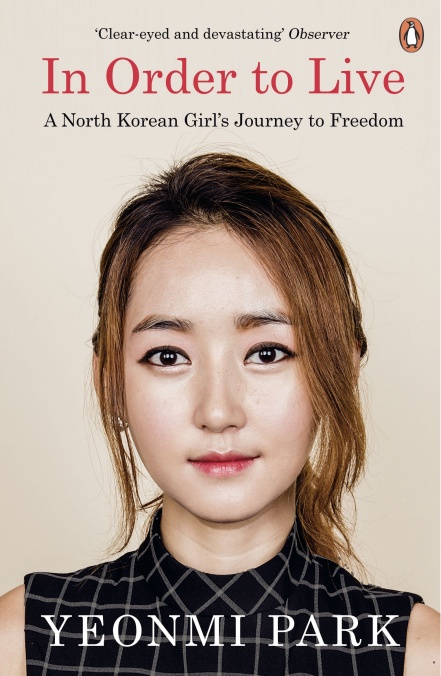
May 2019 Reading Group Round-Up
Featured in Inside Time in May 2019
The report this month comes from HMP Brixton where the group discussed Yeonmi Park’s In Order to Live, a memoir of her early life in North Korea and her escape, first to China, then South Korea and eventually to the US.
Responses were very different: ‘I read it in one night, a great book’, ‘there was something missing’, ‘good as political history but not gripping as a personal story’. The result was a debate that fizzed, with everyone eager to express their view but also keen to listen and explore other people’s take. The best kind of meeting.
The book begins with Park’s account of her life under Kim Jong Il’s brutal regime. She also provides a brief history of North Korea from the Japanese invasion of the early twentieth century to Soviet domination, the Korean war and the economic collapse of the country after the fall of communism in the 1990s. ‘I really liked that I learned something; about North Korea and about real experiences’, ‘I’m a technologist not an arts person, of all the books we’ve read this was the most interesting for me’.
Park discusses in detail the cult of the ‘Dear Leader’ and his mystical powers: ‘His biography said he could control the weather with his thoughts, and that he wrote fifteen hundred books during his three years at Kim Il Sung University’.
Her description of the ritual self-abasement required even of young children recalls both Stalinist show trials and Mao’s re-education programmes. And there is disarming frankness in her memory of it:
‘After we had finished our public confessions, it was time to criticise others. I would always jump up and volunteer. I was really good at it. Usually I would pick one classmate who would then have to stand up and listen intently while I listed his or her transgressions.’
The greatest threats she faces are hunger and sexual violence. Descriptions of food are frequent – a longing look at a full bowl of rice, her first taste of ice cream – and the group agreed they are vividly remembered. Her accounts of sex and violence were more problematic. She witnesses the rape of her mother and she herself is bought for sex not long after she escapes into China aged thirteen.
For some of the group, the horror of this was powerfully conveyed … ‘I found it harrowing’, but for others there was a curious sense of distance about it. One of the group offered an intriguing explanation: ‘That flat banality is typical of accounts by trauma victims like Holocaust survivors’.
This led on to speculation about the book cover. The photograph shows an attractive and poised young woman but her expression is very hard to read. ‘Maybe it shows what she’s had to bury to tell the story’.
The book also took us to other topics, from ghost-writing and the Vietnam War to institutionalisation and passivity: the ex-prisoner who went home and treated the family shopping list like a canteen sheet, or the released prisoner who walked out of prison to his partner’s car and stood waiting for the door to open.